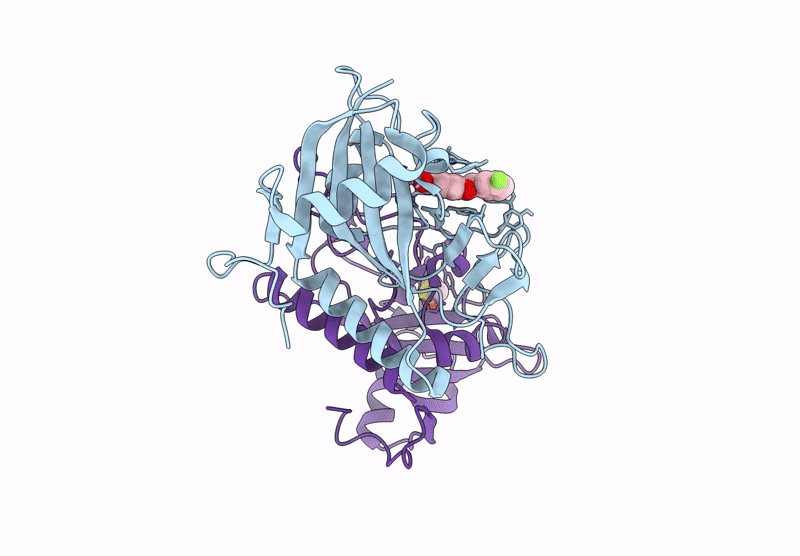
Deposition Date
2025-06-17
Release Date
2025-09-17
Last Version Date
2025-09-17
Method Details:
Experimental Method:
Resolution:
1.80 Å
R-Value Free:
0.21
R-Value Work:
0.18
Space Group:
P 21 21 21


